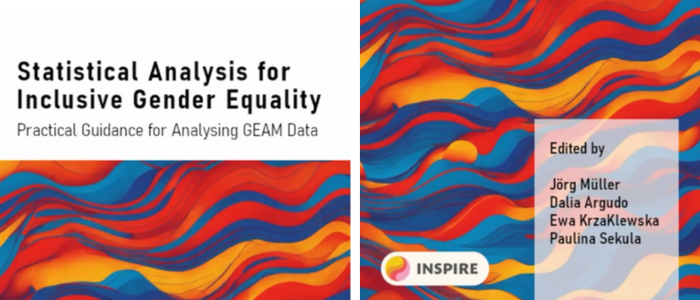The workshop “Statistical Analysis for Inclusive Gender Equality – A Practical Guide to GEAM Data Analysis” was held.
On May 22nd, a successful technical workshop focused on the use of statistical tools for working with the GEAM (Gender Equality Audit and Monitoring) survey was held and the online version of its manual “Statistical Analysis for Inclusive Gender Equality” was officially launched. The workshop was organized by Notus, in collaboration with the Universitat Oberta de Catalunya and the Jagiellonian University in the framework of the INSPIRE Center of Excellence.
The session brought together experts and practitioners interested in applying quantitative methods to identify and address gender inequalities in the organizational environment using the GEAM survey. During the session, several key aspects for the design, implementation and analysis of the survey were addressed. The potential of GEAM to collect high quality data for gender equality analysis was highlighted, and the online manual was presented as a key resource to facilitate these analyses.
The authors of the manual presented each of the chapters organized into two parts of the book. Part I presented some statistical techniques for detecting gender gaps, comparing results over time or across organizations, as well as newer approaches for conducting intersectional analysis (MAHIDA) of GEAM data.
Part II connected these statistical techniques with specific thematic analyses, to provide an overview of the main GEAM variables and their relationship to specific equality issues, such as the design of Gender Equality Plans, work-life balance, culture and work climate, among others.
The workshop concluded with a collective reflection on the practical challenges of applying these tools in real contexts: from achieving adequate response rates to overcoming cultural barriers to statistics. Participants agreed on the need to continue sharing experiences to improve the GEAM manual and adapt the instruments to different institutional settings.



Comments are closed.